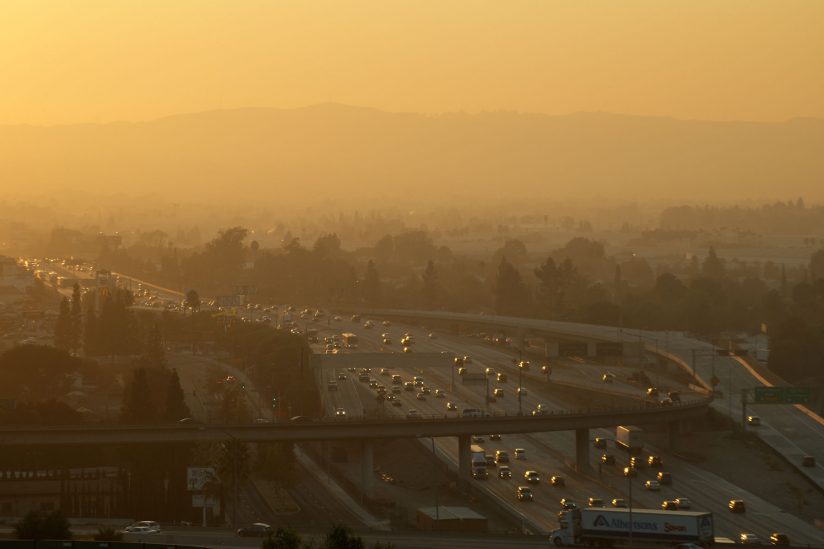
The following article on CityLab's website, and can be read in full on the website. The article is an excerpt from the new book Choked: Life and Breath in the Age of Air Pollution (University of Chicago Press, $27.50).
BETH GARDINER APRIL 22, 2019
Across Southern California, in school gyms and libraries and lunchrooms, the children filed in, one by one, to put their lips around a plastic tube and blow with all their might. Thousands of them, year after year, in rich neighborhoods and poor ones, from the breezy towns along the Pacific coast to the hot, smoggy valley locals know as the Inland Empire.
Erika Fields was one of them, back in the 1990s, when she was in high school at Long Beach Poly, just outside Los Angeles. Even now, she’s the kind of person who raises her hand, who steps forward when volunteers are needed, and she liked being the only one called out of her class, walking down the hall to the quiet room where the breathing machine sat on a desk. She liked, too, the sense of being part of something bigger than herself, something that might really matter in the world.
In the empty classroom, the woman from the University of Southern California would hand her a sterile mouthpiece, attached by a tube to the spirometer ready to gauge the power of her lungs. Erika would give it a couple of practice puffs to get comfortable before the one that counted. “I remember her saying ‘Push, push, push. Blow all the air out.’ And then she would show me on her laptop, and I could see on a graph where I pushed the most,” and watch the line edge downward as her breath tailed off.
After that, there was a survey to fill out, a couple of pages about her health and her family, about smoking in the home and pets and diet and exercise, and then Erika would walk back down the hall, back to her classmates and the ordinary rhythms of the school day.
She didn’t know it then, but those brief, once-a-year interruptions to her routine helped lay the foundation for insights that would ultimately change scientists’ understanding of what air pollution does to the human body. In the vast stacks of accumulating numbers—results from Erika Fields’s breath tests and thousands of others— a team of patient researchers would discern the outlines of a threat that had, until then, been hard to see.
Ed Avol was one of those scientists. He grew up breathing the foul air of 1960s L.A., and he remembers well the hacking coughs that filled the playgrounds of his childhood. An engineer by training, he worked early in his career on hospital-based studies that examined the effects of dirty air as researchers had for decades, by pumping pollution into small rooms and watching volunteers exercise inside.
The team he was part of wasn’t allowed to make conditions in their smog chambers any worse than what Angelenos would experience outdoors, but in the 1980s that still gave them plenty of latitude. The researchers would monitor subjects as they pedaled, measuring their heart rates and oxygen levels, making note of their coughing, their shortness of breath, and their red, watery eyes.
By that time, it was clear to scientists that ozone—the main ingredient in the smog that still plagues L.A. and so many other cities—had an immediate effect on those who breathed it. And the impact could be far more serious than the discomfort Avol saw so plainly: When ozone blankets a city, asthmatics wheeze, emergency room visits spike, and even in healthy people, the lungs can grow inflamed and struggle to do their job.
Read the rest of this article, including more of the history of the Children's Health Study, and interviews from CHS investigators including Ed Avol and Jim Gauderman here on CityLab's website.
This article from CityLab is an excerpt from the new book Choked: Life and Breath in the Age of Air Pollution (University of Chicago Press, $27.50).